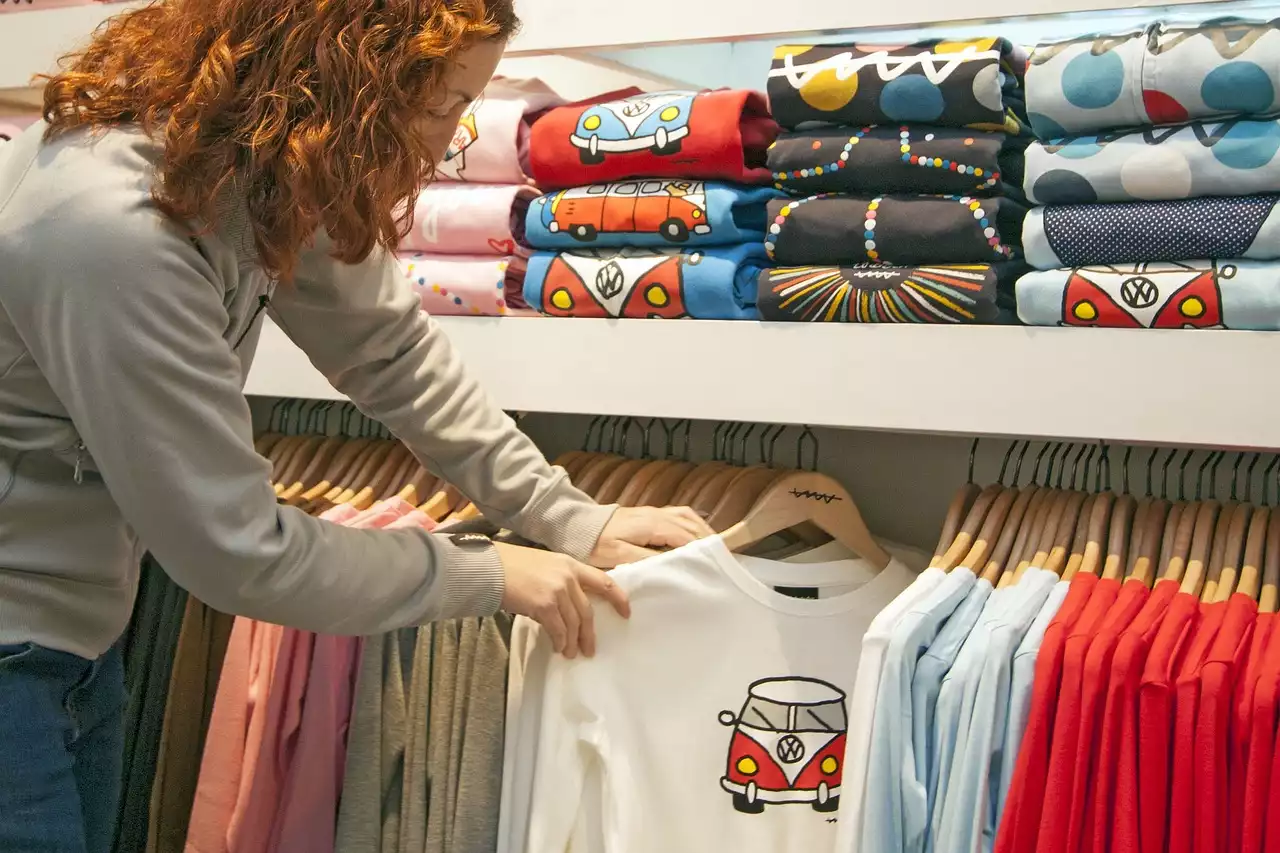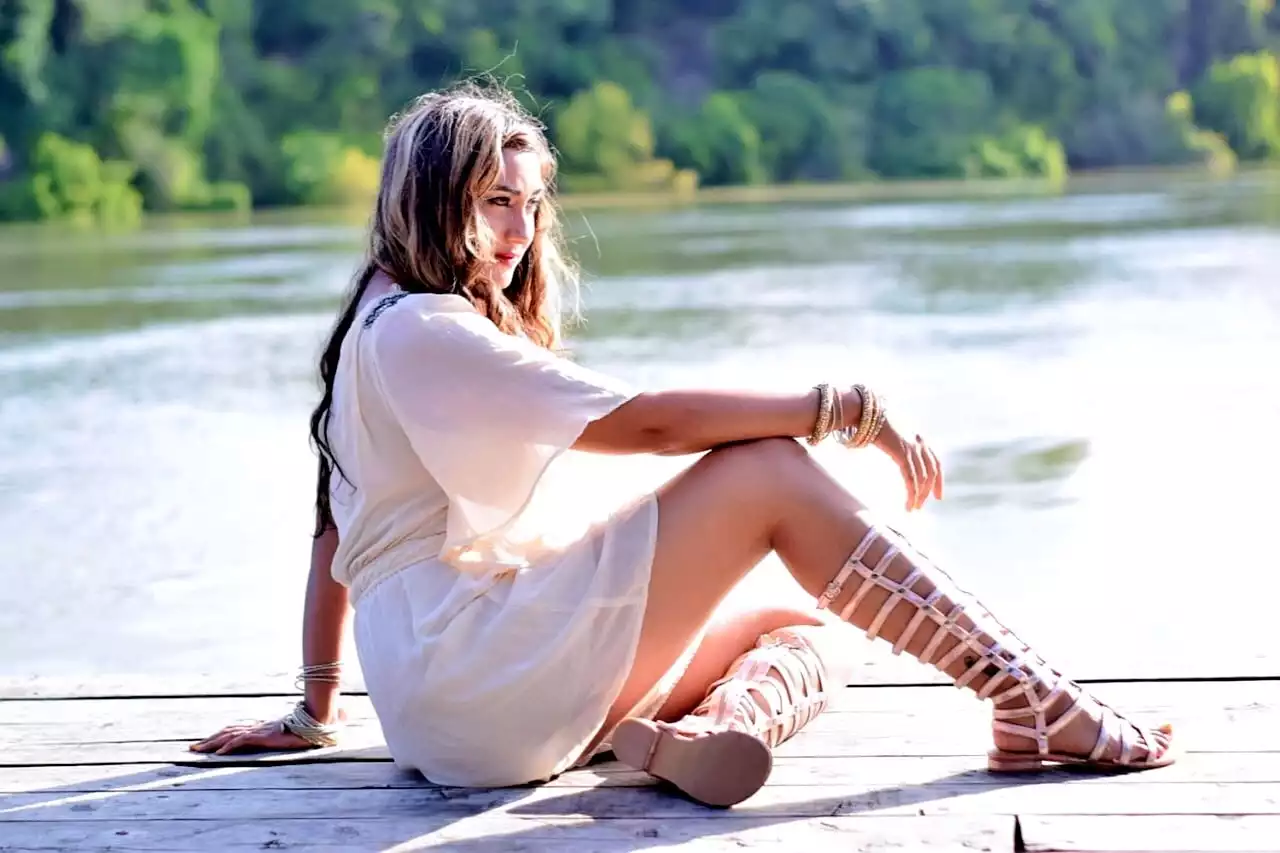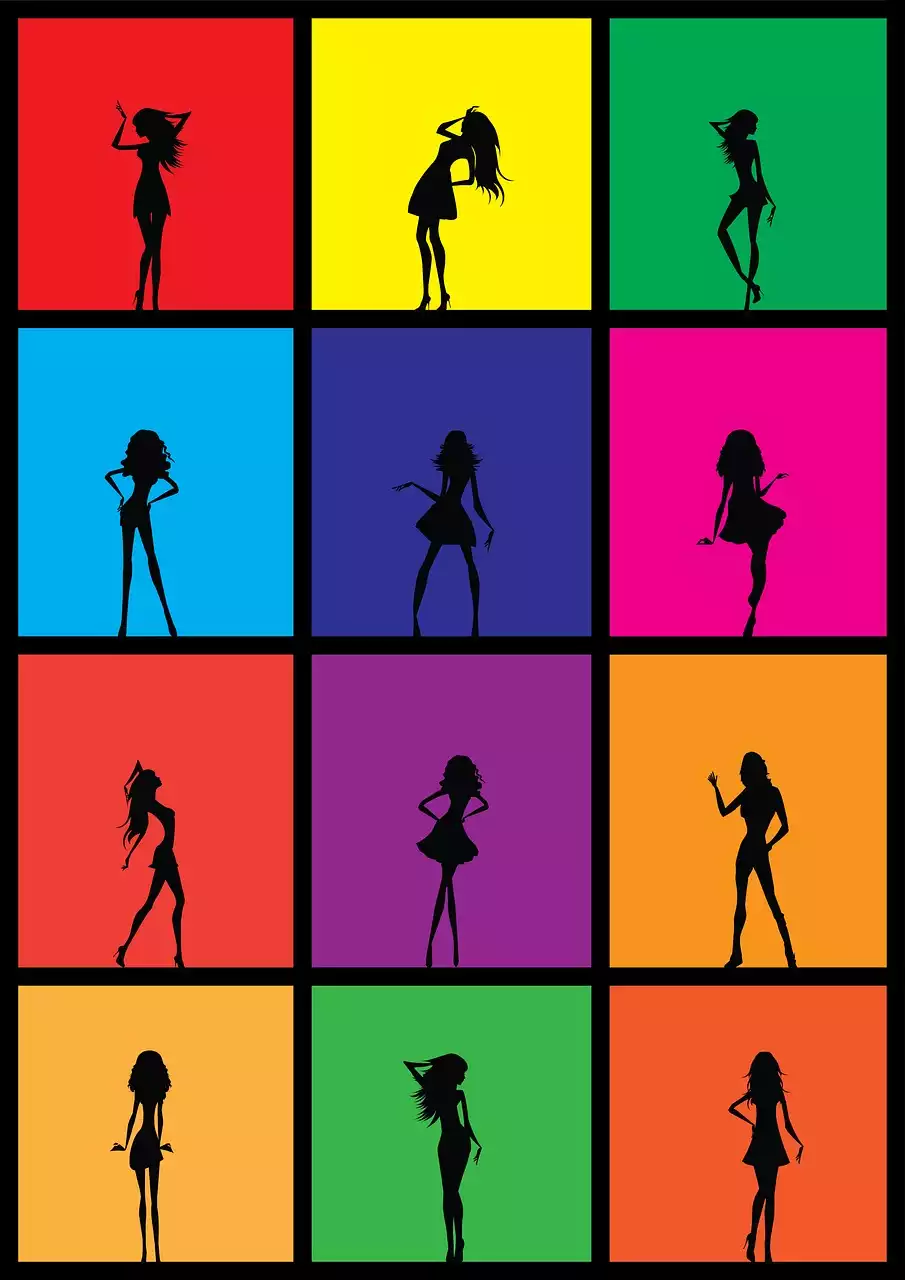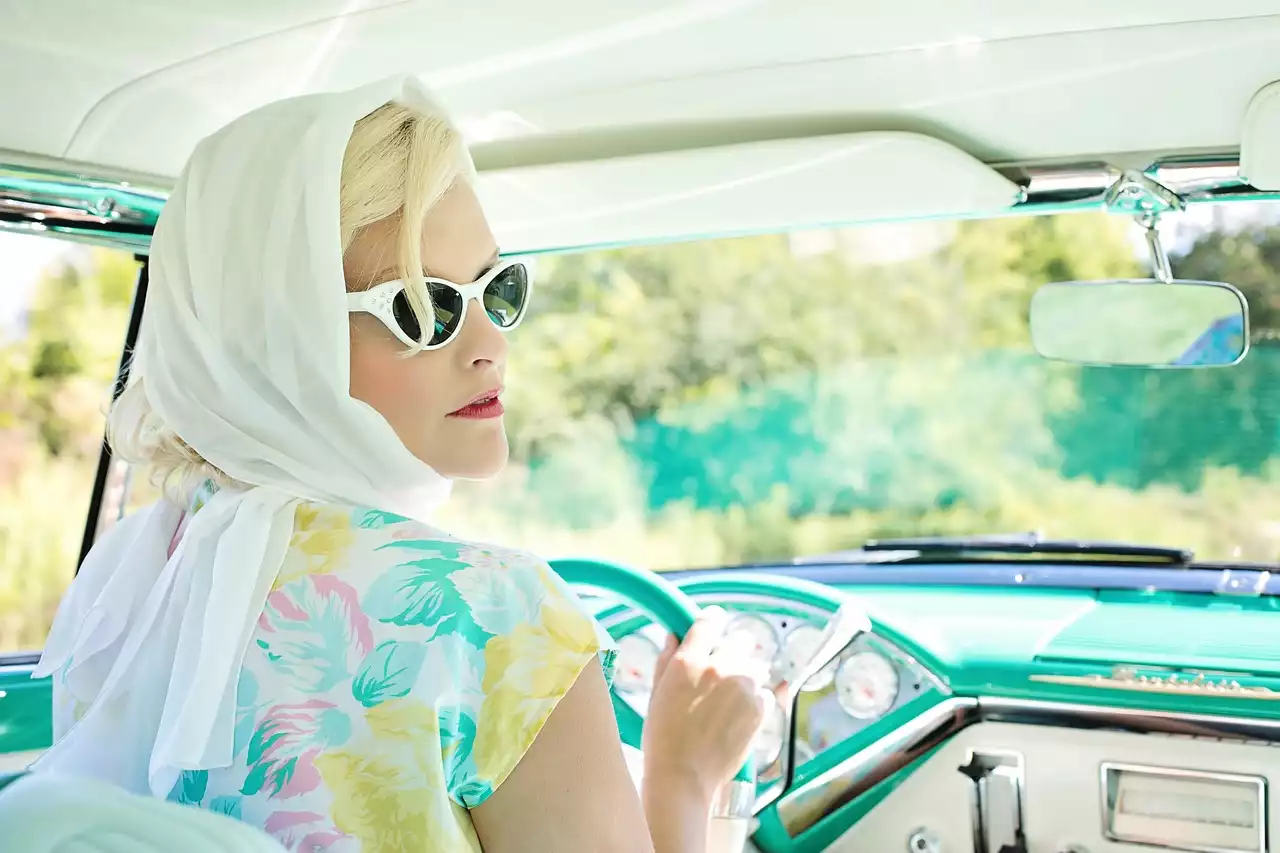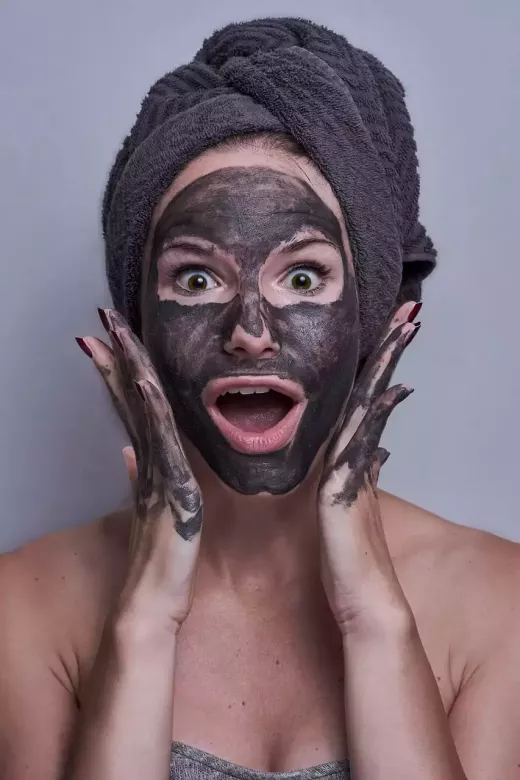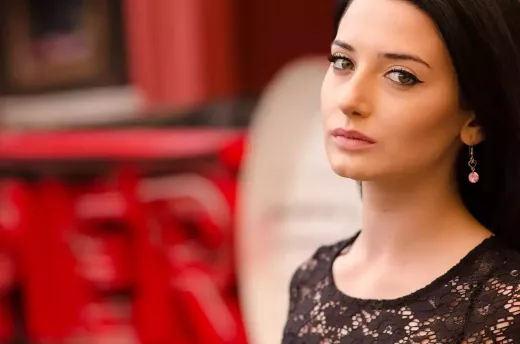Understanding color theory and pattern scales
Before you start mixing prints and patterns, it's essential to have a basic understanding of color theory and pattern scales. Color theory is the study of how colors interact and how they can be combined to create visually appealing combinations. Pattern scales refer to the size and proportion of the prints and patterns you are mixing.
When mixing prints and patterns, you want to make sure that the colors complement each other and that the pattern scales are balanced. You don't want to mix two large prints together, as it can overwhelm your outfit. Instead, try mixing a large pattern with a small one to create a more balanced look.
Another thing to keep in mind is to stick to a color palette. If you're new to mixing prints and patterns, it's best to start with a monochromatic color scheme. This means using prints and patterns that are in the same color family. For example, a black and white striped shirt can be paired with a black and white polka dot skirt.
In summary, understanding color theory and pattern scales is crucial for creating a cohesive and visually appealing look when mixing prints and patterns. Stick to a color palette and balance pattern scales to achieve a well-put-together outfit.
Mixing geometric patterns and prints
Geometric patterns and prints are a great place to start when mixing prints and patterns. They are easy to pair with other prints and can add a modern touch to your outfit. When mixing geometric patterns, start with a statement piece and build your outfit around it. For example, if you have a bold geometric print skirt, pair it with a solid color top and add a geometric accessory such as a clutch or earrings.
Another way to mix geometric patterns is to stick to a color palette. If you have a black and white striped shirt, pair it with a black and white geometric print scarf or bag. You can also mix geometric patterns with floral or animal prints. Just make sure that the colors complement each other, and the pattern scales are balanced.
In summary, geometric patterns are a great way to ease into mixing prints and patterns. Start with a statement piece, stick to a color palette, and balance the pattern scales.
Mixing floral patterns and prints
Floral patterns and prints are a timeless classic and a favorite among fashionistas. They are feminine, playful, and can be mixed with other prints to create a unique look. When mixing floral patterns, stick to a similar color palette and balance the pattern scales.
One way to mix floral patterns is to pair a small floral print with a larger one. For example, a small floral print blouse can be paired with a larger floral print skirt. Another way to mix floral patterns is to pair them with stripes or polka dots. Just make sure that the colors complement each other and that the pattern scales are balanced.
Accessories can also be used to mix floral patterns. A floral print scarf can be paired with a striped shirt or a polka dot dress. The key is to keep the colors in the same color palette and balance the pattern scales.
In summary, floral patterns are a versatile print that can be mixed with other prints to create a unique look. Stick to a similar color palette and balance pattern scales to achieve a cohesive outfit.
Mixing stripes and polka dots
Mixing stripes and polka dots can be a bit intimidating, but it's a classic combination that never goes out of style. When mixing these prints, it's essential to balance the pattern scales and stick to a similar color palette.
One way to mix stripes and polka dots is to pair a small polka dot print with a larger stripe print. For example, a polka dot blouse can be paired with a striped skirt. Another way to mix these prints is to use accessories. A polka dot scarf can be paired with a striped shirt or a striped purse with a polka dot dress.
If you're a bit hesitant about mixing these prints, start with a neutral color palette. Black and white stripes can be paired with black and white polka dots for a classic but stylish look.
In summary, mixing stripes and polka dots can be intimidating, but it's a classic combination that never goes out of style. Balance the pattern scales and stick to a similar color palette for a well-put-together outfit.
Mixing animal prints and patterns
Animal prints and patterns are a bold statement that can add an element of fun and excitement to your outfit. When mixing animal prints, it's essential to balance the pattern scales and stick to a similar color palette.
One way to mix animal prints is to pair a bold print with a smaller one. For example, a leopard print blouse can be paired with a small snakeskin print scarf. Another way to mix animal prints is to use accessories. A leopard print clutch can be paired with a zebra print dress or a cheetah print belt with a floral print skirt.
If you're new to mixing animal prints, start with a neutral color palette. Black and white animal prints can be paired with other black and white prints for a classic but stylish look.
In summary, mixing animal prints is a bold statement that can add an element of fun and excitement to your outfit. Balance the pattern scales and stick to a similar color palette for a well-put-together outfit.
Accessorizing mixed prints and patterns
Accessories can be used to tie together mixed prints and patterns. When accessorizing, choose pieces that complement the colors and patterns in your outfit. For example, a statement necklace can be used to tie together a geometric print shirt and a floral print skirt.
Another way to accessorize mixed prints is to choose a solid color accessory. A solid color belt can be used to break up a busy patterned dress or a solid color bag with a mixed print outfit.
In summary, accessories can be used to tie together mixed prints and patterns. Choose pieces that complement the colors and patterns in your outfit or choose a solid color accessory to break up a busy print.
Tips for achieving a cohesive look
To achieve a cohesive look, follow these tips:
- Stick to a similar color palette
- Balance pattern scales
- Start with a statement piece
- Use accessories to tie together mixed prints
- Choose solid color accessories to break up busy prints
Common mistakes to avoid when mixing prints and patterns
Avoid these common mistakes when mixing prints and patterns:
- Mixing too many prints
- Clashing colors
- Unbalanced pattern scales
- Over-accessorizing
